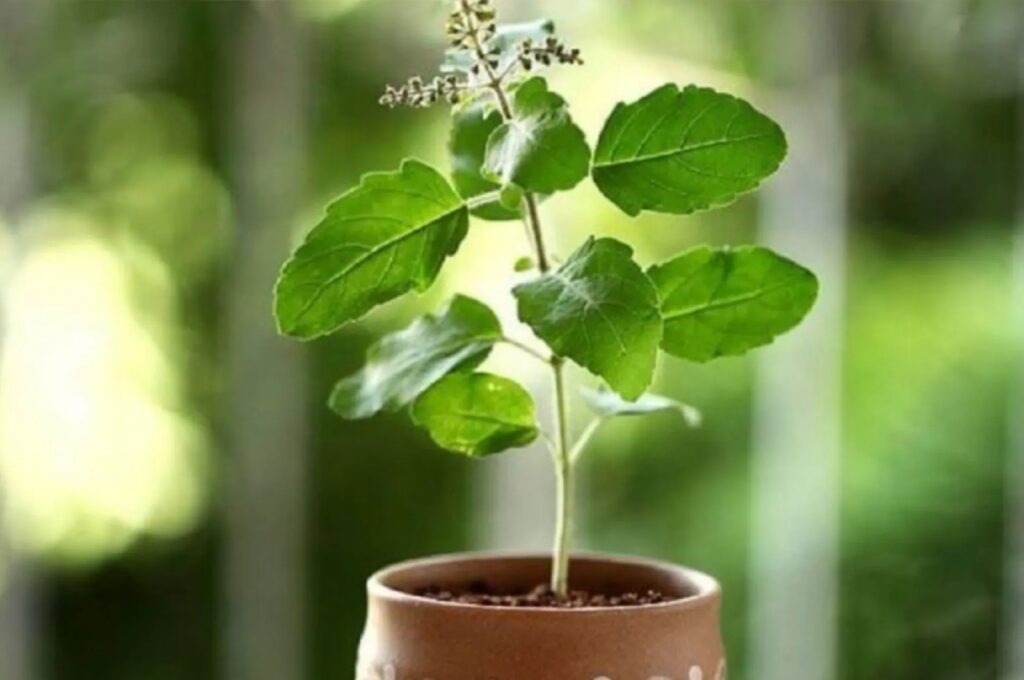Thinking of Growing Tulsi at Home? Here’s the Right Way to Do It (And What to Avoid)

Thinking of Growing Tulsi at Home? Here's the Right Way to Do It (And What to Avoid)
Bringing a Tulsi (Holy Basil) plant into your home is more than just a gardening choice—it’s a step toward inviting positive energy, peace, and prosperity. In Indian tradition, Tulsi holds a special place not only for its spiritual significance but also for its powerful healing properties. It’s no surprise then that it’s lovingly grown and worshipped in many households.
But did you know that the way you plant Tulsi can make a big difference in how well it grows? Many people unknowingly make small mistakes that stop the plant from thriving. If you’re planning to grow Tulsi at home or have struggled to keep it healthy in the past, it’s worth understanding the correct method of planting it—especially if you’re growing it from seeds found in the plant itself.
Let’s walk through everything you need to know to ensure your Tulsi plant grows beautifully and remains full of life.
Why the Right Planting Method Matters
Often, Tulsi plants dry up, don’t grow properly, or even die because they weren’t planted the right way. Following a simple but correct method helps the plant stay healthy and flourish. This starts with understanding where the seeds come from and how to prepare them properly.
Where Do Tulsi Seeds Come From?
Tulsi seeds are hidden inside small flower clusters that grow at the tip of the plant, known as manjiri. These flower heads are delicate and should not be plucked while they are still fresh and green. Instead, wait for them to dry completely and turn brown. Only then are they ready to be harvested.
Once dried, gently rub them between your palms. You’ll notice tiny seeds falling out—these are what you’ll use to grow new Tulsi plants.
How to Plant Tulsi from Seeds
Planting Tulsi from seeds is simple but requires some care. Start by filling a pot with soil and place it in a spot that receives good sunlight. Lightly scatter the seeds into the soil and water them gently. In just a few days, with the right sunlight and care, you’ll see the first signs of a new Tulsi plant starting to grow.
Follow These Important Guidelines While Handling Manjiri
There are also a few spiritual and traditional guidelines to keep in mind when dealing with manjiri:
Only collect the manjiri when it has fully dried and turned brown.
Avoid plucking them on Sundays or Tuesdays, as these days are traditionally considered unsuitable for this activity.
Once plucked, don’t leave them lying around or throw them away casually. It’s best to wrap them in a red cloth and keep them safely in a respectful place.
Make sure they do not fall to the ground or get stepped on.
Making the Most of Every Tulsi Plant
Whenever your Tulsi plant produces new manjiri, it’s an opportunity to grow more plants naturally. Let the flowers dry fully, collect the seeds carefully, and repeat the same planting process. It’s a simple cycle that can fill your home with fresh, vibrant Tulsi plants—each one carrying spiritual value and natural health benefits.
Disclaimer:
The information provided in this article is for general awareness only.










